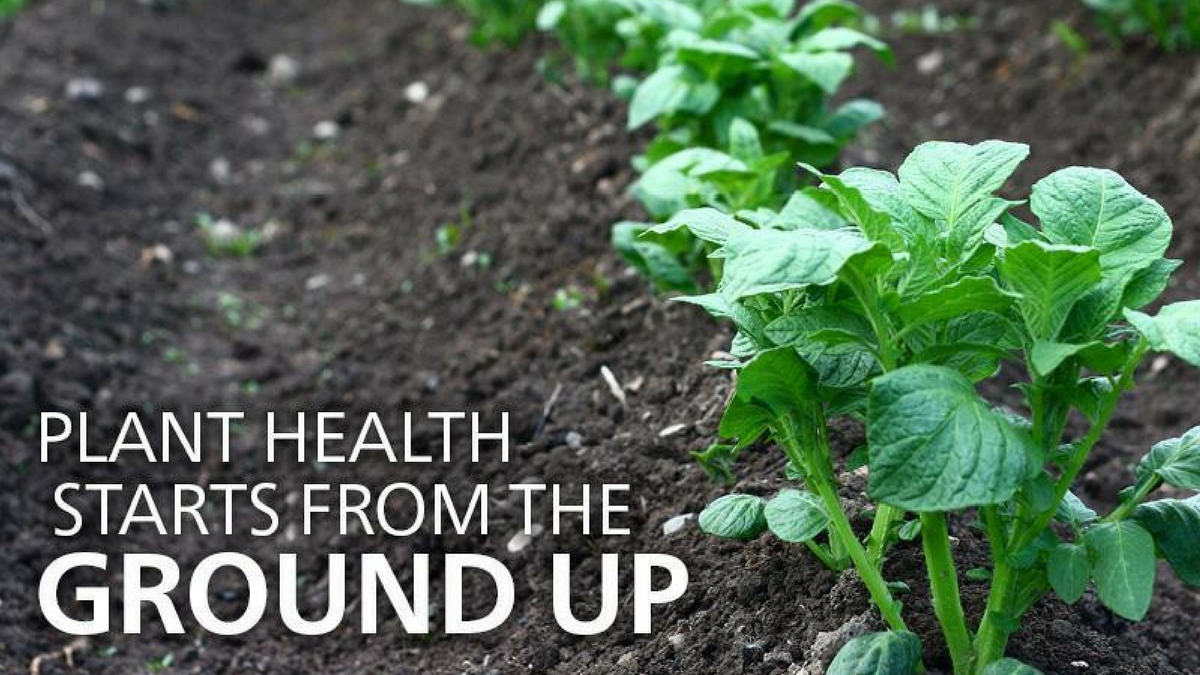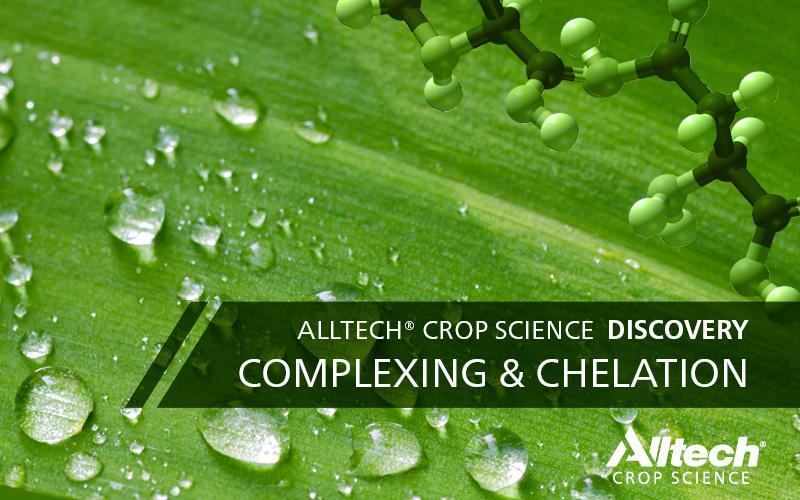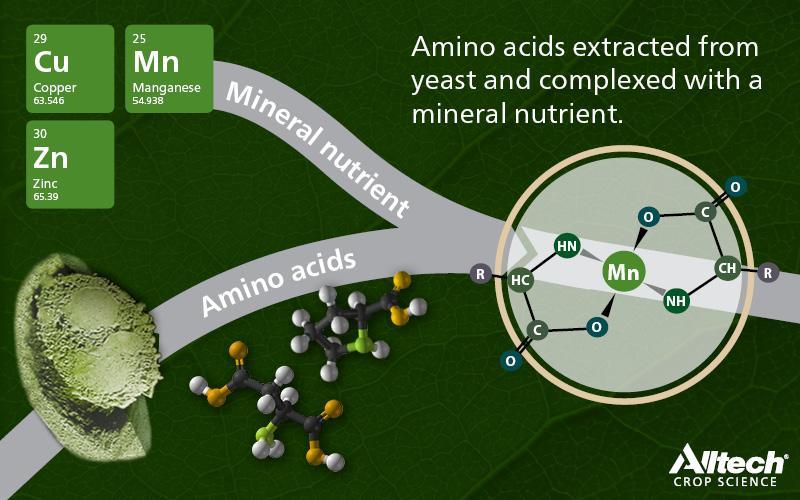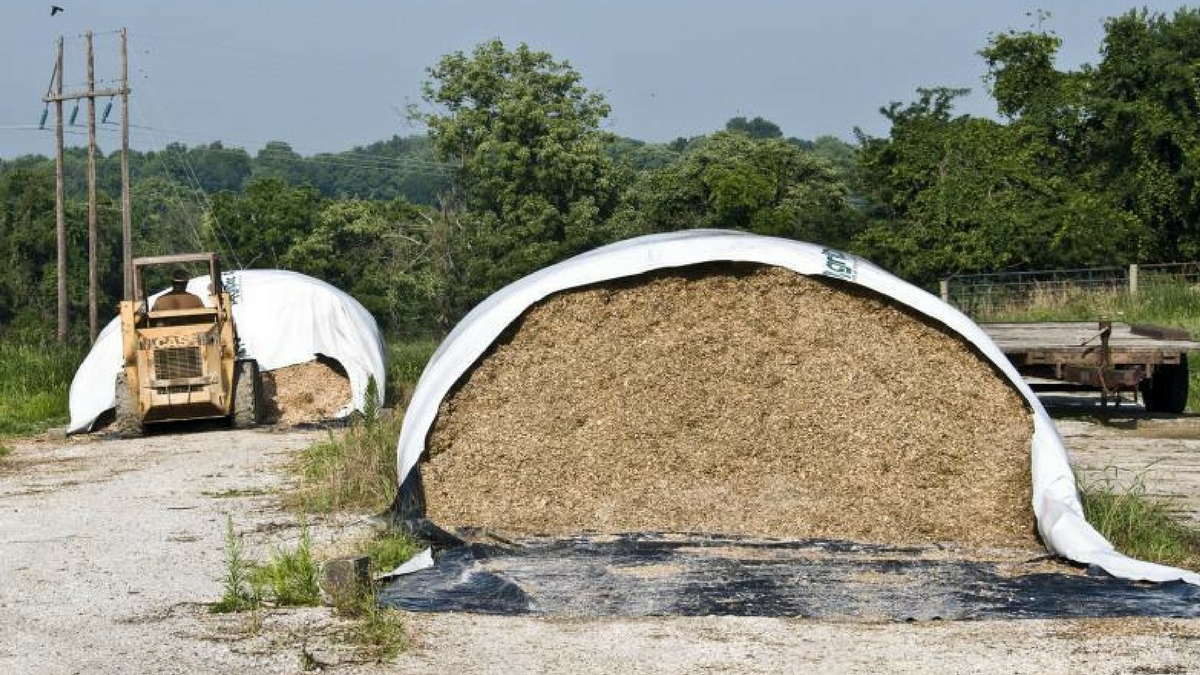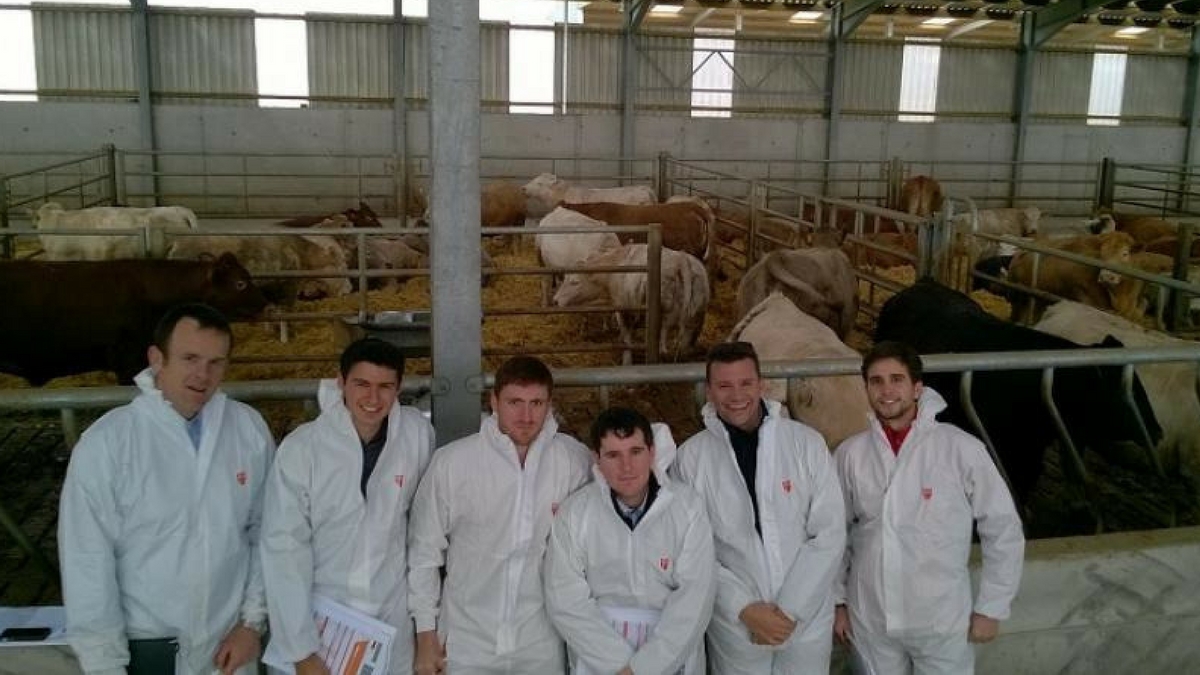2016 has been a remarkable year thus far. This past month we welcomed more than 3,000 friends from 71 countries for an unbelievable week of idea-sharing and inspiration at ONE: The Alltech Ideas Conference. We also grew the Alltech family through the acquisition of Keenan, a leading farming solutions manufacturer known particularly for their “Green Machine” and InTouch Technology.
Today it’s a delight to share further excitement as we welcome Coppens International, an innovative Dutch aquatic feed and nutrition company, to our family. READ the press release here.
Coppens International is known around the world as a technical specialist that produces high-quality aquatic feeds. The Coppens International team works continuously to perfect their formulas and develop new feed to cater to market demands. They have drive, they are passionate and they care – all qualities we value here at Alltech. Coppens International’s innovative techniques provide us with a winning combination for delivering greater efficiency and profitability direct to our aquatic producers.
Together we will now offer a breakthrough development in the feed industry by providing a fish feed completely derived from a sustainable and traceable fish oil replacement. With Coppens International, we complete the cycle from a sustainable source of microalgae, rich in DHA omega-3 fatty acid, through to fish feeds and into fish products. The production of our algae is based on yeast components from which the algae gain a number of critical nutrients to grow, produce the high fat content and, even more importantly, high levels of the DHA omega-3 fatty acid. This active ingredient, as in many of our other yeast-based products, ultimately improves animal and fish health, while providing DHA-rich, functional foods that deliver a wide range of well-known health benefits to consumers. Now there is a true marriage between a unique aquatic feed manufacturer and an animal health-focused algae production facility! In fact, our plant in Winchester, Kentucky is food-grade and approaching more than 20,000 tons annually, with capacity expected to triple by year-end.
Using Alltech’s primacy in science combined with Coppens International team of researchers, we believe we will be one of the first to completely remove fish meal and fish oil from feed. We will replace these with Alltech’s FOR PLUS, which is derived from algae, and produced in our dedicated algae facility in Kentucky. We will be able to guarantee our customers a source of DHA which is traceable, sustainable and without the contamination issues of fish products.
Just like Alltech, Coppens International is passionate about customer-centered research. In fact, they have 17 hectares of ponds devoted to research and raising specialty fish such as aquarium fish. With two dedicated extruders, the company’s products are shipped around the world, and their capacity will increase shortly with a third extruder in the coming months. In looking to the future, Dr. Karl Dawson, chief scientific officer at Alltech, said, “We will continue sharing results of the successful use of Alltech’s FOR PLUS in all animal and fish diets. We have already demonstrated some surprising benefits for production animals. At Alltech, we remain steadfastly focused on our ACE principle of being friendly to the Animal, the Consumer, and the Environment.”
By joining Alltech, Coppens International is achieving one of its long-held ambitions - the replacement of fish oil with Alltech algae technology. Given the unsustainable global supply of fish oil, this is a true leap forward for their aquaculture nutrition program.
In fact, did you know that we own one of the only fully-operational, large-scale algae production facilities in the world? At the Alltech Algae facility in Winchester, Kentucky, we have invested heavily to develop proprietary algal technology for application in aquaculture, pet and livestock nutrition. No longer a buzzword, algae are gaining attention for their application to the feed and food industries as a highly sustainable source of DHA omega-3, and Coppens International will now be leveraging our algal technology.
We see plenty of synergies that can occur with Coppens International. Fish farms will have improved direct access to the most cutting-edge, sustainable technologies relevant to today's aquaculture industry demands.
In April this year, we launched the Alltech Aquaculture Postgraduate Program, a joint research partnership with the world-renowned University of Stirling Institute of Aquaculture in Scotland, and we are also making great progress with Alltech Aquaculture in Kentucky. Again, why? We see the opportunities ahead within the exciting sector of aquaculture.
The aquaculture sector is experiencing tremendous growth worldwide. In fact, did you know that aquaculture is the fastest growing segment of the animal feed industry? According to the Food and Agriculture Organization, fish consumption now exceeds beef consumption per capita, and farmed fish now exceed wild caught. What an opportunity!
Together, Alltech and Coppens International will ensure that aquatic producers around the world can practice responsible and efficient aquaculture. Together, we will make a sustainable contribution to food production for a growing global population that demands the very best. It’s the opportunity of a lifetime to work hand-in-hand on delivering aquaculture solutions.
Welcome to our family, Coppens International!
